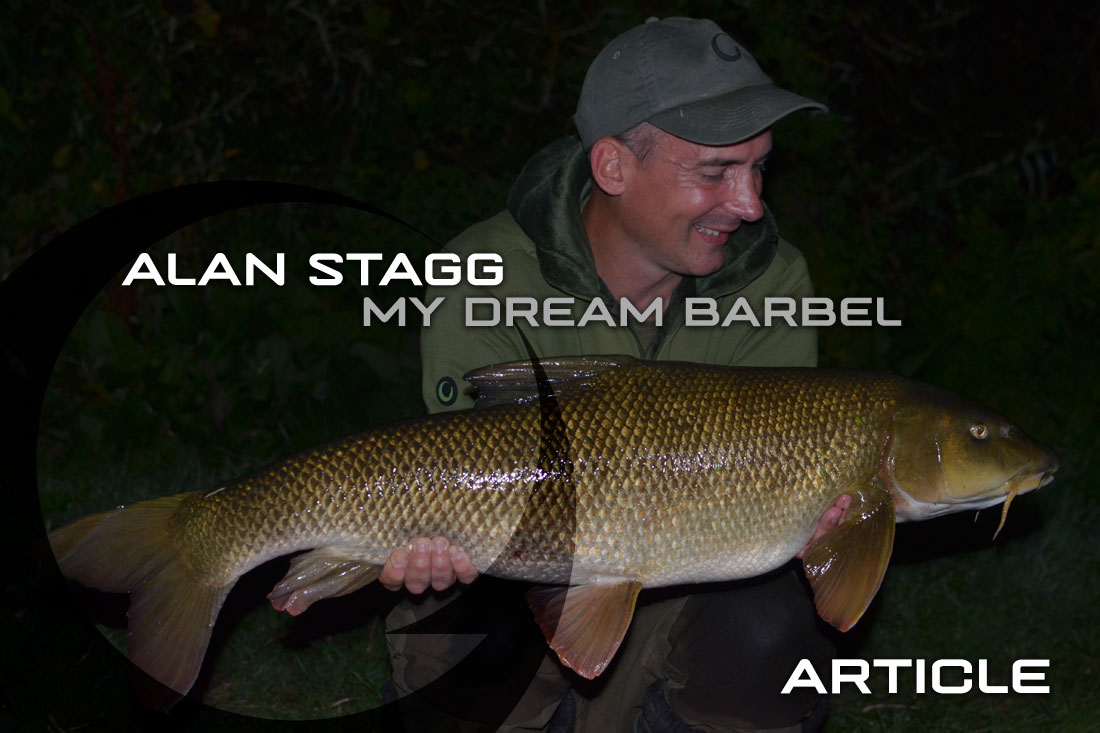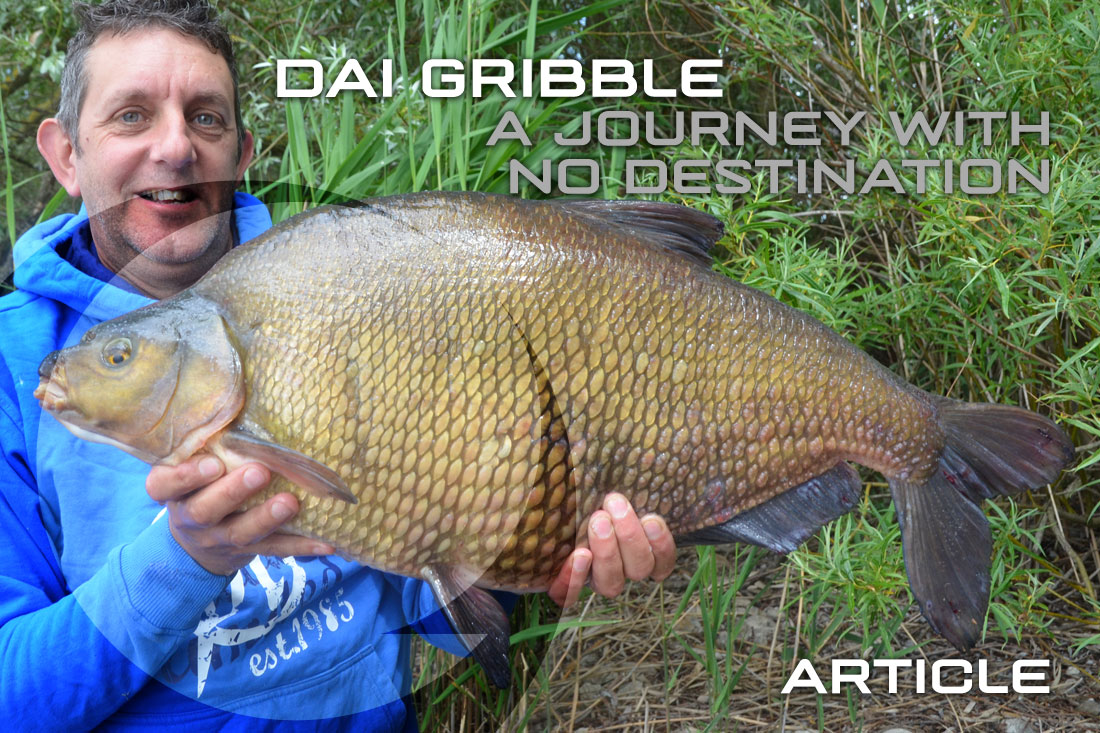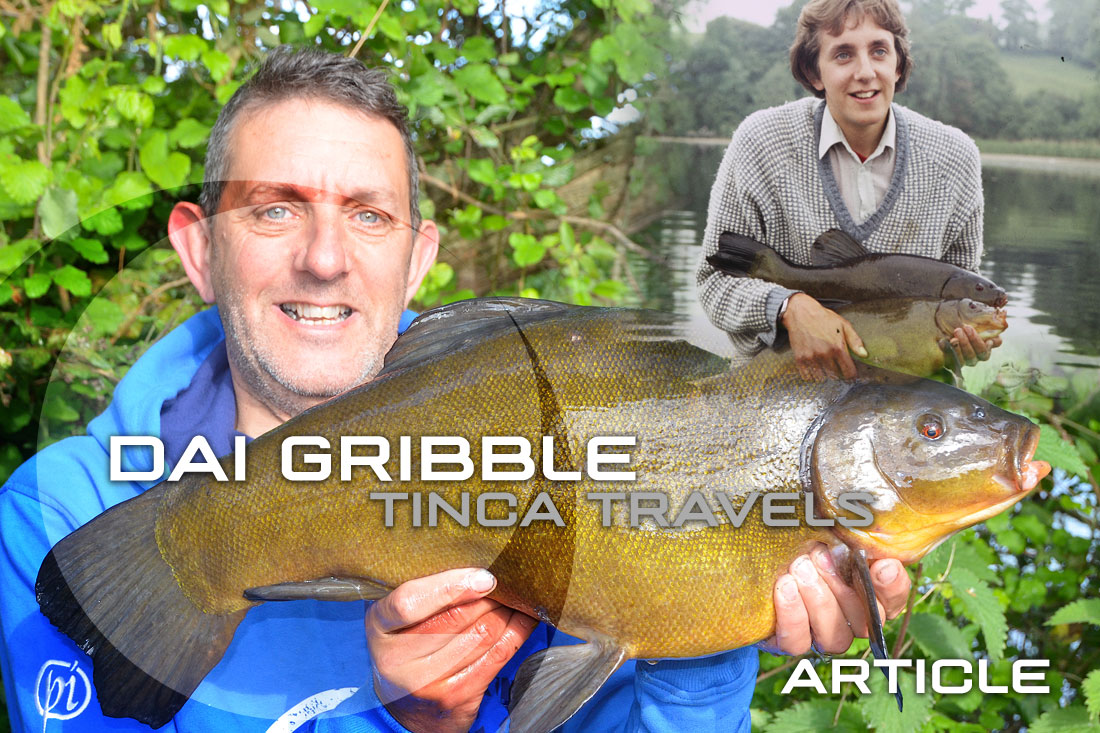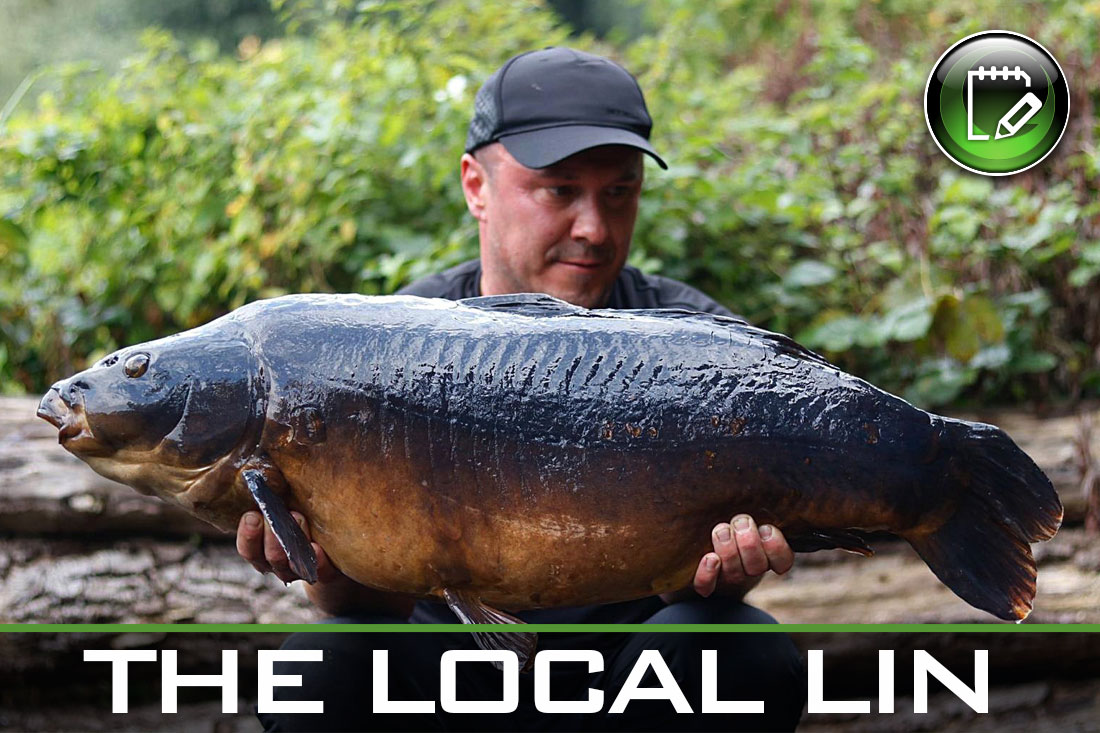Many of us have fished on a venue that has been the catalyst for a huge jump in our understanding of how carp behave and feed; and also in our own ability to catch them. For Gardner Tackle sponsored angler Ian Lewis this occurred whilst sat on the banks of a local club lake, and the valuable lessons he learnt there have ensured he has enjoyed considerable success on the lakes in and around Yateley ever since….
Some years ago, whilst I was regularly fishing on a couple of local club waters I really learnt a lot regarding finding carp feeding spots, creating feeding areas and how best to present a bait within these spots and areas, naturally all learnt the hard way through a process of observation, trial and error. Along the way I managed to catch almost all my target fish from this venue, all except one or two which I went back and bagged a few years later.
Interestingly this pair of lakes contained all types of substrate on the lake bed; gravel, a sandy gravel mix, silt – both deep and shallow – good and bad, as well as clay areas and weed beds. The water clarity at times would go from gin clear to heavily coloured dependant on the weather, and the depths varied dramatically ranging anything from 18 inches right down to around 14 feet.
The lakes were also packed with visible features like islands, bays, overhanging trees, bushes and lily pads. They also contained specimen tench and bream, all of which I felt needed to be considered in my overall approach.
Some people have just a couple of rigs in there armoury, which is fine, but I’m a firm believer that some carp can be particularly cagey, riggy, feeding extremely cautiously. A little tweak to a bait or rig can catch you a special bonus fish that might have ordinarily cleaned you out of bait and got away with it.
If you fish over a clean and firm lake bed in a water with low visibility and a high stock of competitive carp then most correctly tied rigs will suffice. However, when you’re fishing venues like the club lakes I’m describing customising and adapting you’re approach can give you a real ‘edge’.



As for the final lead arrangement, I knew sometimes to hit the right spot I might need to cast a couple of times so a lighter lead (just enough to get me out to the area) would help to keep disturbance to a minimum. In the end I opted for a Gardner Flat Pear lead purely because I didn’t want the bait being pushed about and rolling down the shelf by fish feeding around the rig.
Eventually I eventually adopted a running lead set up. Why? One day I saw my rod tip bouncing and wondered what was causing it? Curiosity got the better of me so I crept towards one of my traps and saw a carp sat on the spot thrashing its head side to side using my semi fixed inline lead to throw the rig from its mouth. Naturally I rushed back to the rod and hit it! The fish turned out to be a dark scaley high double. Naturally I became a tad paranoid recognising that this probably wasn’t an isolated incident and that I had potentially missed out on a few carp so that’s when I adapted the idea of a running lead.
Once I had fine-tuned the rig and got everything pinned down with putty and flying back leads I soon ended a 4 year quest catching a mysterious, and the much talked about Ghost carp that had only ever graced the bank a few times.
I remember the session when I caught the ‘Ghostie’ particularly well, it was a balmy warm late summer evening and knowing my spots well setting the traps was easy. I saw the ‘Ghostie’ drift into the bay, possibly looking to see if he was being fished for I reckon, then it exited the area only to come back with a couple of his pals to dine with. A plume of bubbles appeared just off my left spot half hour later, just as the light was fading fast and shortly after I was to receive a bizarre take, exactly like you would expect from a small bream.
As I tightened up and lifted into a dull low resistance then wound again this time to be met with a few head shakes making me believe a small tench was the culprit. I wound down again, but then found myself winding erratically trying to keep up with the speed of the fish in question. This crafty carp was heading straight towards the river inlet that was laced with tree roots and other obstacles round to the left of the swim; so pulling hard with the tip fully submerged I then turned the fish steering it clear of danger and when it then hit the surface in front of me I managed to hold him there, he gave a few more head shakes, trying to throw the rig, before I steered him over the waiting net. Funny thing is at this point I knew I had a ‘Ghostie’ but I was convinced it was the smaller resident at around 15 lb.
After all the excitement I had a quick breather and prepared the unhooking facilities; readied some lake water, forceps, carp care products, sling and scales. With everything ready I unshipped the arms from the spreader block, rolled up the mesh on the net, bit the line (ensuring all its fins where flat and safe from snagging on the mesh), and it was only then I realised what I had captured! It had to be the seemingly impossible Ghostie just because of the sheer weight I was supporting in the folds of the net.
The fish was well nailed with the Mugga set an inch back in the centre of the bottom lip, and the carps mouth was immaculate, completely devoid of bruising or tears. Evidence to suggest not only did it rarely get caught but it had been cared for appropriately in the past, after all the fish is someone else’s dream so respect is paramount. A phone call was made to a neighbouring angler whilst I secured it in the net and we took a few snaps and gazed at this aloof mysterious carp. Not the fight I expected from the notoriously hard fighting character but as amazing as I had ever wished for!!!
Since those days I’ve caught much larger fish from other waters, but this was nearly a decade ago and 20’s still seemed to be held in a high regard as a sizeable carp – and a thirty, well they were really special. In the time I spent on the complex I managed to rack up around 25 twenties, loads of doubles and 1 thirty pound common plus large Tench and Bream. Doing what I did gave me a very low blank percentage, which was a really good return considering I only did on average 1-2 quick overnighters per week.
Great place and great memories!…
How to tie Ian’s balanced bait rig:
Gardner Stripper tool peel back several inches of braid” src=”http://www.gardnertackle.net/wordpress/wp-content/uploads/2012/10/1-Using-a-Gardner-Stripper-tool-peel-back-several-inches-of-braid1.jpg” alt=”1 – Using a Gardner Stripper tool peel back several inches of braid” width=”300″ height=”200″ />Step 1 – Using a Gardner Stripper tool peel back several inches of braid





Gardner Zig Rig foam into two pieces as shown” src=”http://www.gardnertackle.net/wordpress/wp-content/uploads/2012/10/7-Cut-off-a-cylinder-of-Gardner-Zig-Rig-foam-into-two-pieces-as-shown.jpg” alt=”7 – Cut off a cylinder of Gardner Zig Rig foam into two pieces as shown” width=”300″ height=”200″ />Step 7 – Cut off a cylinder of Gardner Zig Rig foam into two pieces as shown












Leave A Comment
You must be logged in to post a comment.